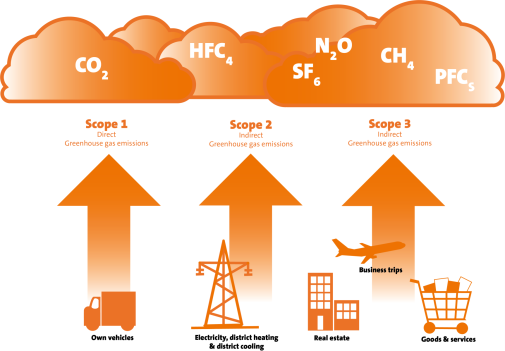Stockholm University is entering a new phase in its climate work by systematic mapping out the University’s entire carbon footprint.
“Taking into regard that the University has made a commitment to be carbon neutral by 2040, we also need to keep track of our entire carbon footprint, so we know where we need to make the greatest efforts,” reports Magnus Breitholtz, Chair of the University’s Environment Council.
The full carbon footprint
The same as with institutions of higher education, the primary focus of Stockholm University has so far been carbon dioxide emissions from the aviation industry, but here there have not been completely consistent calculation methods over time. With the goal of attempting to systematically map out the total carbon footprint from its activities, Stockholm University is now taking a step further via a systematic mapping out of all consumption-based emissions.
“We and the University of Gothenburg are the only Swedish institutions of higher education that are testing out this method in Sweden, which makes it unique. We will then also obtain the possibility to compare between our institutions and share information about measures that work better or not so well within our activities. Hopefully, several other universities and institutions of higher education will draw inspiration from our work,” says Magnus Breitholtz optimistically, and he continues:
“Much of the carbon footprint of the products that we use on a daily basis actually has an impact outside of Sweden. We need to keep track of all our greenhouse gas emissions, if we are to be defined as carbon neutral in the long run,” notes Magnus Breitholtz.
Study environmental impact at all stages
The inventorying and systematic mapping will be conducted by the Swedish start-up Svalna, which has developed a method for automating the calculations for greenhouse gas emissions and capturing emissions from the entire production chain. The same calculation model has been used for the University of Gothenburg, which entails great potential to develop both the method and the Carbon Intelligence system to enable the possibility of making forecasts of emissions based on budget data.





-300x183.jpg)
